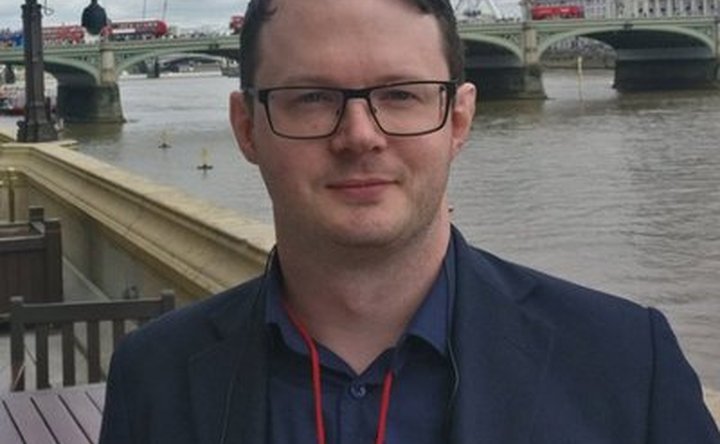In focus – composition, aims and future of UK carrier strike
When HMS Queen Elizabeth departs the UK later this year to begin the deployment of the country’s renewed carrier strike capability to the Indo-Pacific region, it is worth remembering that a decade will have passed since the decommissioning of HMS Ark Royal in 2011 and the sudden gapping of fixed-wing carrier aviation.
That the capability gap has managed to be filled at all is testament to a multitude of efforts behind the scenes in the MoD, RN and industry. External factors too will have played a role in convincing the UK that it needed to be able to perform naval
Already have an account? Log in
Want to keep reading this article?
More from Naval Warfare
-
![US Coast Guard announces measures to further implement Force Design 2028 strategy]()
US Coast Guard announces measures to further implement Force Design 2028 strategy
The US Coast Guard (USCG) created new units, including five Programme Executive Offices (PEOs), to facilitate and speed up the procurement of new capabilities.
-
![Future of the US Navy’s Arleigh Burke programme remains unclear]()
Future of the US Navy’s Arleigh Burke programme remains unclear
The US Navy does not have a precise date for the award of the procurement contract for the third Arleigh Burke-class destroyer despite having the funds to advance with the programme in FY2025.
-
![US Navy may look to foreign suppliers to accelerate shipbuilding programmes]()
US Navy may look to foreign suppliers to accelerate shipbuilding programmes
The US Navy (USN) is currently reassessing its acquisition efforts and seeking ways to reduce the multiple delays across the shipbuilding initiatives.
-
![Italy orders two ships as work begins on others along with deliveries and updates]()
Italy orders two ships as work begins on others along with deliveries and updates
The Italian Navy is being refreshed with two new ships ordered, while in the past six months steel was cut for a new frigate, an enhanced frigate was delivered and Horizon-class frigates passed a design review.
-
![Singapore declassifies SEAL Carrier swimmer delivery vehicle for special forces use]()
Singapore declassifies SEAL Carrier swimmer delivery vehicle for special forces use
Singapore’s navy has introduced the Combatant Craft Underwater vessel, a multi-mode swimmer delivery vehicle designed to enhance its Naval Diving Unit’s ability to conduct covert maritime special operations.





















